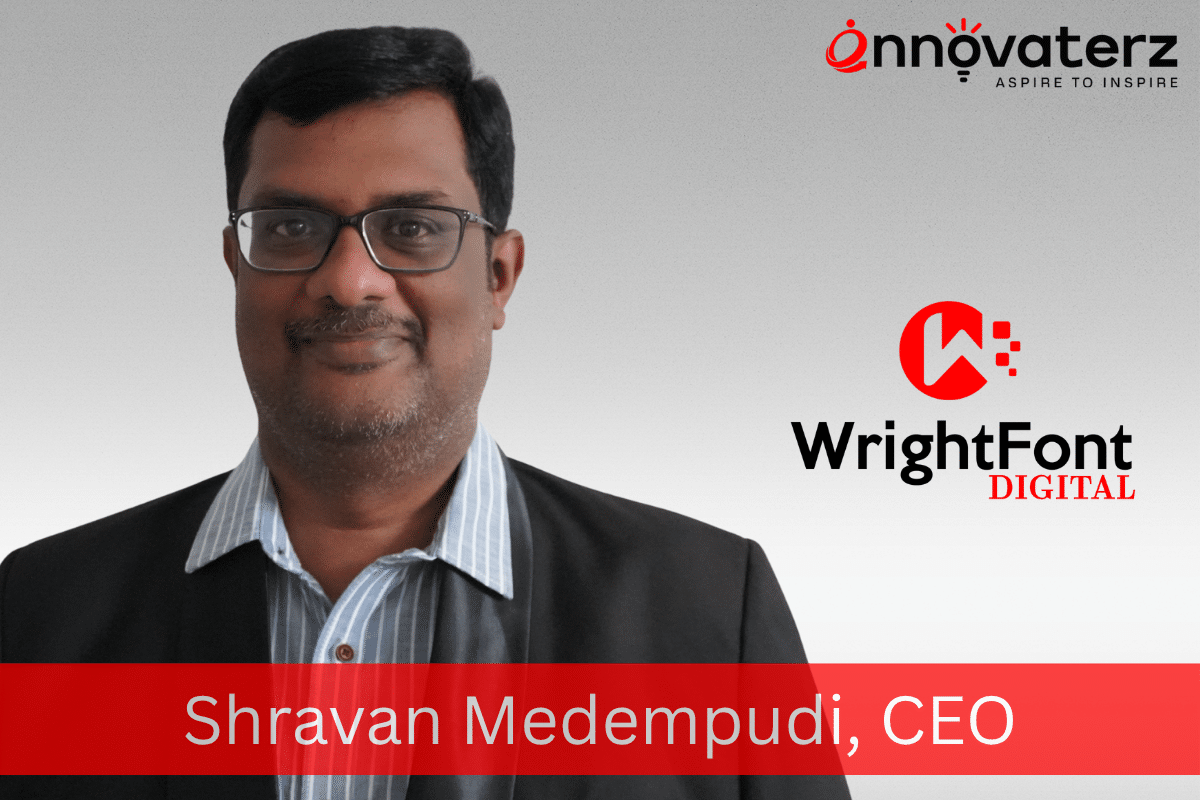MAIMI, FL, UNITED STATES, May 30, 2025 /ennovaterz/ — Protecting digital assets is more important than ever, and organizations that prioritize proactive security measures gain a decisive advantage in defending against cyber threats. CloudIBN, a global leader in cybersecurity solutions, highlights the essential distinctions between Vulnerability Assessment (VA) and Penetration Testing (PT) while showcasing the immense benefits of combining these approaches through complete VAPT testing services. This integrated strategy not only uncovers potential weaknesses but also rigorously tests defence mechanisms, empowering organizations to build a resilient and robust security posture.
Understanding Vulnerability Assessment and Penetration Testing
The terms Vulnerability Assessment and Penetration Testing are often used interchangeably, but they serve different purposes within the cybersecurity framework. Vulnerability Assessment is a broad and systematic process that involves identifying, quantifying, and prioritizing security vulnerabilities in an IT environment. It typically involves automated scanning tools, databases of known vulnerabilities, and manual reviews to generate a list of potential security gaps.
Penetration Testing, on the other hand, is a controlled, ethical hacking process that attempts to exploit identified vulnerabilities to simulate real-world cyberattacks. This approach reveals not only whether a vulnerability exists but also the practical risk it poses by demonstrating how an attacker might exploit it to gain unauthorized access or cause harm.
“Vulnerability Assessment is about detection and visibility — it tells you what weaknesses exist,” explains Mr. Pratik Shah Chief Technology Officer at CloudIBN. “Penetration Testing goes further by actively attempting to exploit these weaknesses, offering a deeper understanding of the potential impact on your systems.”
How CloudIBN’s VA&PT Services Work
CloudIBN offers end-to-end VAPT Audit services designed to fit diverse business needs and IT environments. Their process includes:
- Initial Assessment & Scoping: Understanding client infrastructure, business goals, and compliance requirements to tailor testing strategies.
- Vulnerability Scanning: Utilizing advanced automated tools to scan networks, applications, and cloud environments for known vulnerabilities.
- Manual Verification: Expert analysts manually verify and analyze scan results to eliminate false positives and uncover hidden issues.
- Penetration Testing: Ethical hackers simulate real-world attacks targeting critical assets to exploit vulnerabilities and test defences.
- Complete Reporting: Detailed, easy-to-understand reports with prioritized risks, impact analysis, and actionable recommendations.
- Continuous Support: Ongoing consultancy to help clients implement fixes and plan future security assessments.














